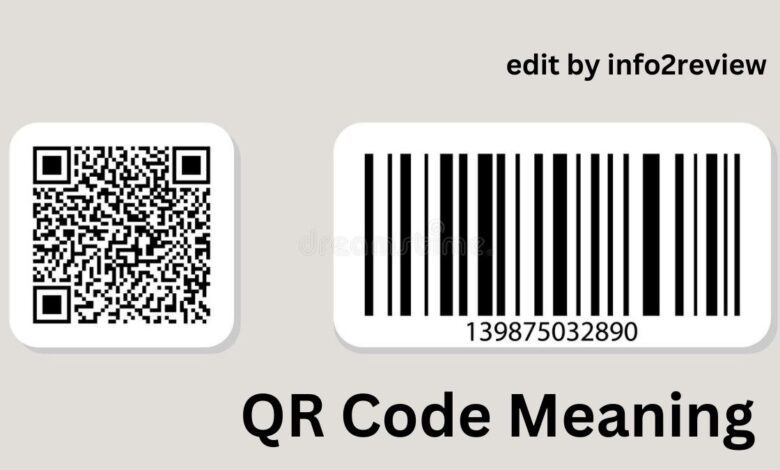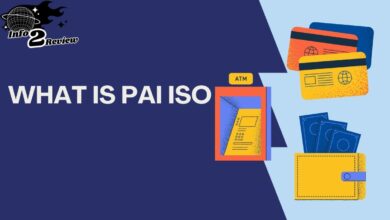
In the realm of today’s fast-paced digitized world, technology is not a luxury anymore; instead, it has become a necessity. One such advancement that has been integrated into our daily lives is the Quick Response Codes, commonly known as QR codes. The QR code meaning circles around the concept of quick access to information through a barcode scanned using smartphones or QR Reader devices.
What Is A QR Code?
QR code is an acronym for Quick Response code. It was invented in 1994 by Denso Wave, a subsidiary of Toyota, to keep track of vehicles during manufacturing. Today, the QR code has emerged from its initial automotive industry application to a wide variety of fields, such as marketing, advertising, and even healthcare.
QR codes are two-dimensional barcodes, which means they can hold information both horizontally and vertically. These codes contain black squares arranged on a white background, and the information can be decoded at high speed.
QR Code Meaning and Its Functionality
The primary purpose of a QR code is to quickly direct you to information, such as a website or a specific detail about a product or service. Here, quickly is the word of emphasis, as QR stands for ‘Quick Response’. Being able to scan the code and immediately be guided towards the information source is invaluable in today’s fast-paced world, where time equates to money.
Moreover, QR codes can store and digitally present much more data, including URL links, geolocation, email addresses, contact numbers, text, and even WiFi credentials. Thanks to this wide array of uses and their quick response time, these codes are utilized for diverse purposes, from giving more detailed product descriptions in QR Code marketing to sharing contact details with networking friends.
Decoding Quick Response Codes
The decoding of quick response codes is a relatively simple process with the help of a device like a smartphone. All one needs to do is open the camera or a dedicated QR code reading application, then focus the camera on the QR code for scanning. Once the code is scanned, the application will interpret the code’s information and present the decoded information on the device’s screen.
Today, most smartphones come with a built-in QR code scanning functionality in their camera applications. Furthermore, dedicated QR code reader apps offer additional features like saving scan history, which is particularly handy for users needing to remember or revisit certain scanned information.
The Beauty of QR Codes
The beauty of QR codes lies in their simplicity and versatility. They are easy to create, use, and manage. Anyone can generate a QR code, and similarly, anyone with a smartphone can scan one and get the information it embeds.
Individuals can use QR codes to share contact details with friends or potential business partners while organizations can incorporate QR codes into marketing and advertising strategies to provide more information about a product or service while tracking customer engagement.
For consumers, scanning a QR code is a quick and easy way to access websites or contact information without needing to type long URLs or details into web browsers or contact lists.
In the era of contactless transactions, QR codes are also pivotal. The COVID-19 pandemic has witnessed a surge in the use of QR codes for sharing menus in restaurants, sharing health information, contact tracing, and processing contactless payments.
Final Note
QR codes can be a powerful tool when utilized correctly. They bridge the gap between offline and online information, allowing swift access to digital content by merely scanning a printed or digital code. Despite their simplicity, QR codes have proved to be revolutionary in numerous fields. The sheer fact that QR code meaning revolves around promoting quick, easy, and accessible information makes them indispensable in today’s digital age.
While technology continues to evolve rapidly, some developments, like the QR code, are here to stay, firmly stamped on the landscape of modern living. Therefore, both individuals and business entities must understand what a QR code means, its diverse applications, and the essentials of decoding quick response codes. This understanding will ensure they can engage with the digital world quickly, comprehensively, and conveniently.
Additionally, QR codes are being used more and more for a variety of payment options as financial technology advances. One example of how QR codes are being used in modern life is the Bajaj Finserv UPI App, which incorporates QR code technology for safe and easy transactions.




